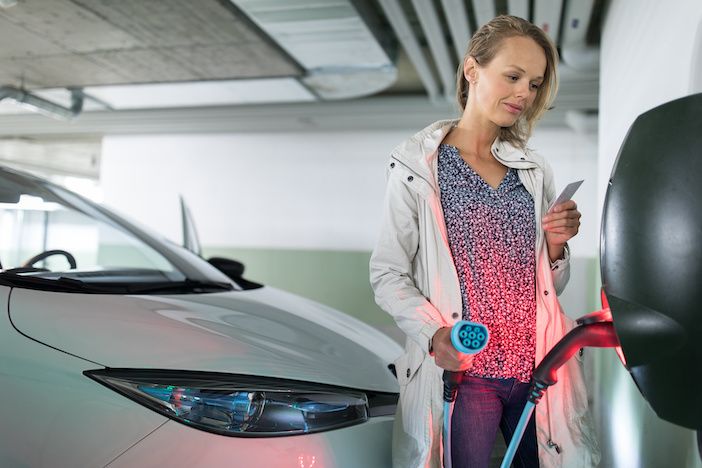Here Technologies has announced a global partnership withwith APCOA and Propark Mobility, at CES in Las Vegas this week (January 5-7) to add over 400 indoor parking garages to its indoor maps.
Coverage expansion has started in North America with Propark Mobility, one of the largest privately-owned parking companies in North America.
The indoor maps from Here include key elements of parking garages – individual parking spaces, lanes, ramps and pedestrian walkways. Here provides integrated routing for vehicles and pedestrians, with parking garage entrances and exits seamlessly connected to the Here outdoor street map.
This enables end-to-end routing experiences that go beyond the curbside and opens new possibilities for Automated Valet Parking (AVP) experiences. Additionally, EV drivers will be able to identify parking spaces on the maps where they can charge their vehicles for maximum convenience.

“Most navigation systems today provide guidance that ends at the curbside. With our new indoor map of parking garages, we are changing that. Contextual guidance can now continue all the way to individual parking spaces inside garages. Once parked, our pedestrian routing capabilities provide detailed guidance to the final destination,” sasy Victor van Dinten, head of Indoor Parking & Charging at Here Technologies.
“Since we started working together, we’ve been continually impressed by HERE’s capability to create an ecosystem of experts to drive innovation,” says Frank van der Sant, CCO at APCOA. “We’re delighted to be joining forces with Here to make navigation an end-to-end user experience, which now includes indoor parking.”
“Here’s strong automotive presence and detailed indoor parking maps open up new possibilities for our portfolio of premium parking services,” said John Schmid, CEO and Chairman at Propark Mobility. “At Propark we strive to offer drivers a world-class parking experience. Through our partnership with HERE, we are now able to surface our garages in Here’s automotive solutions, helping us provide a seamless service for millions of drivers across the United States.”
…/




